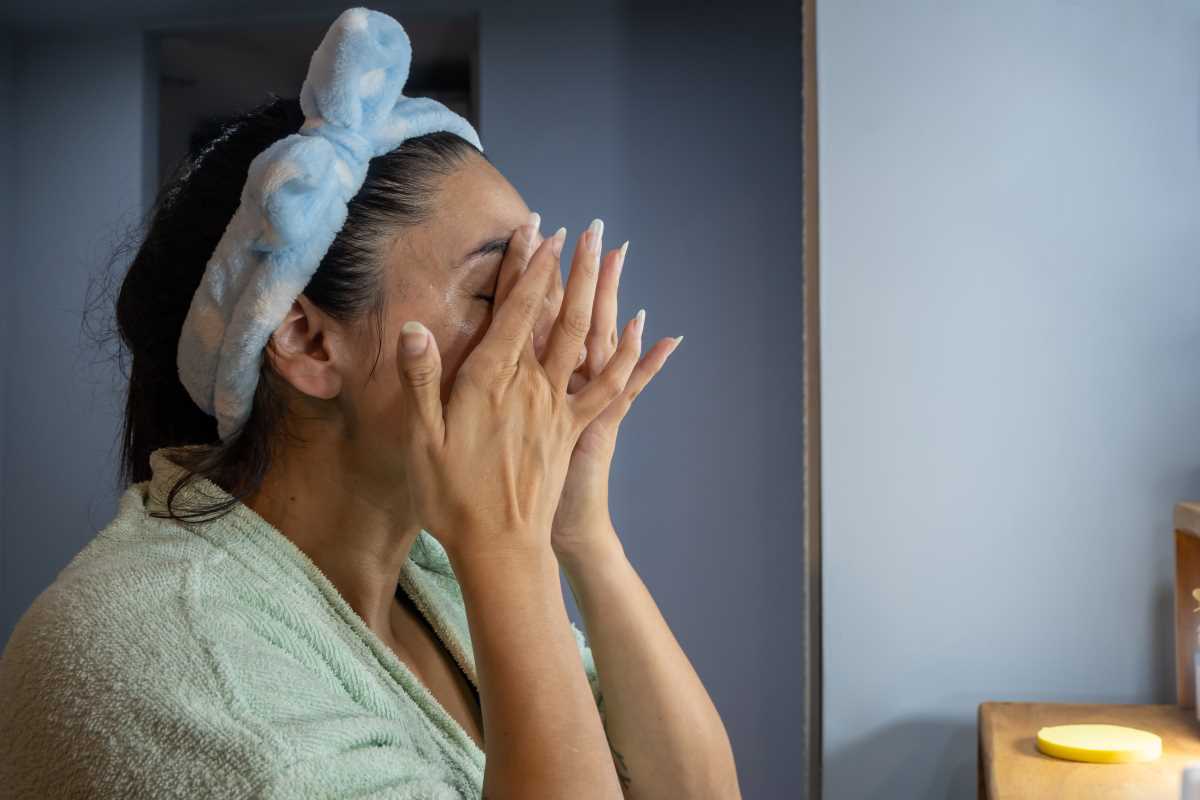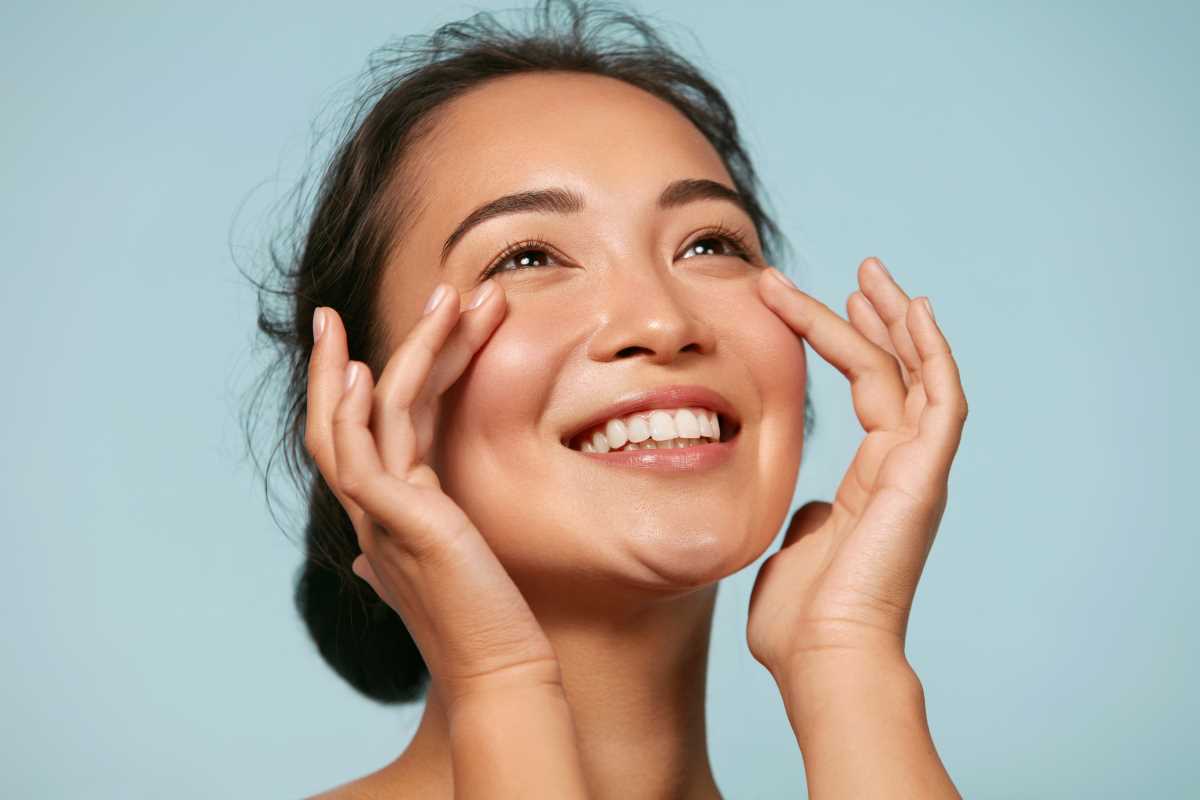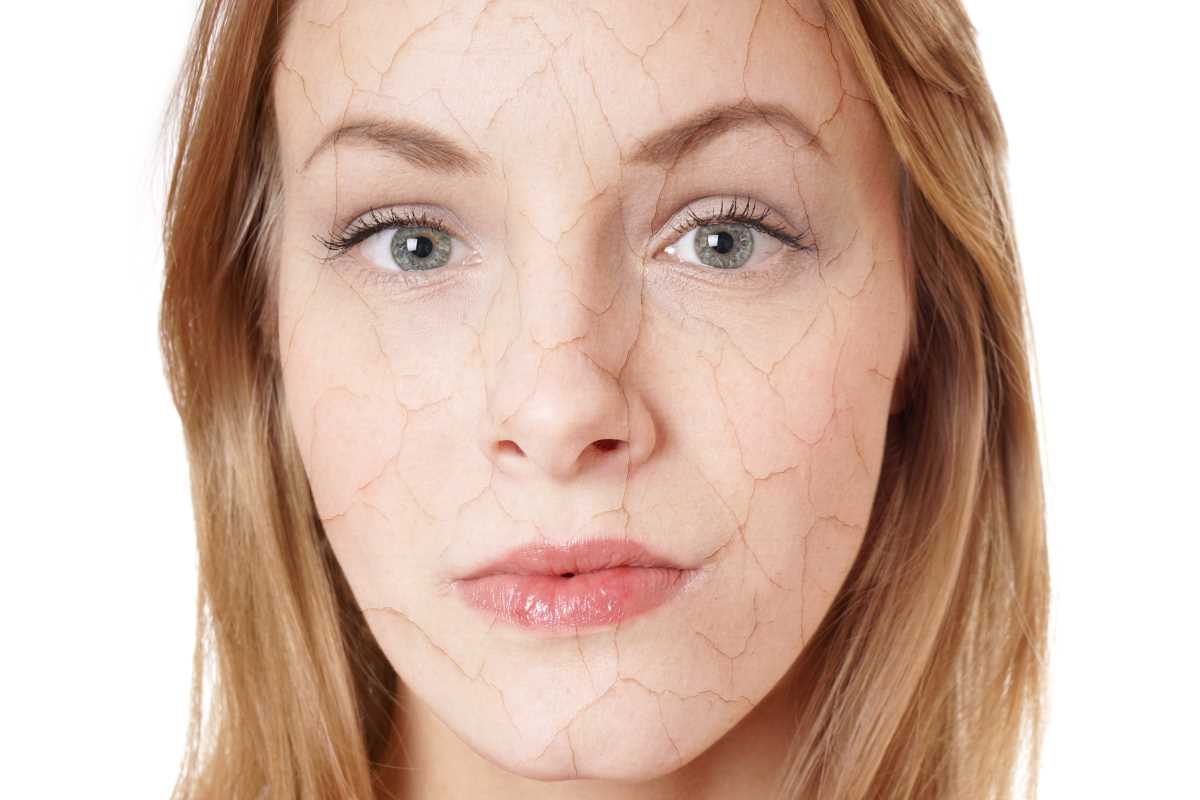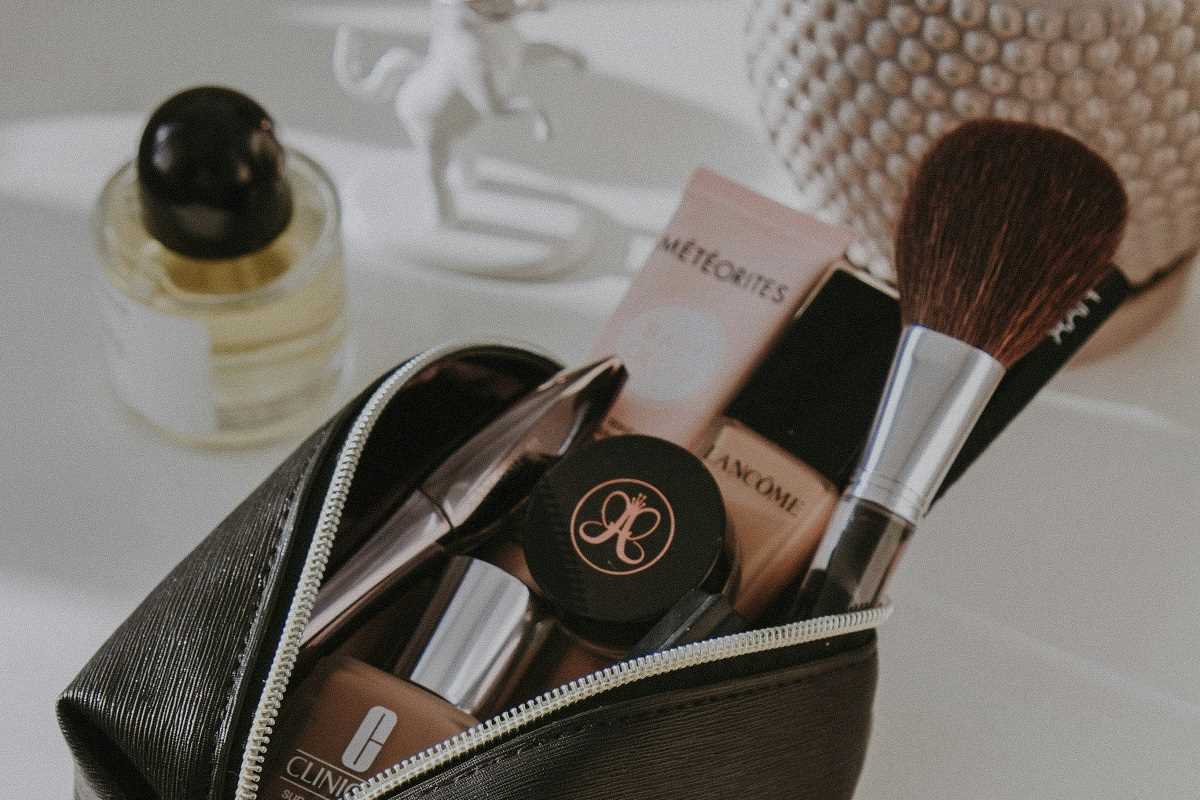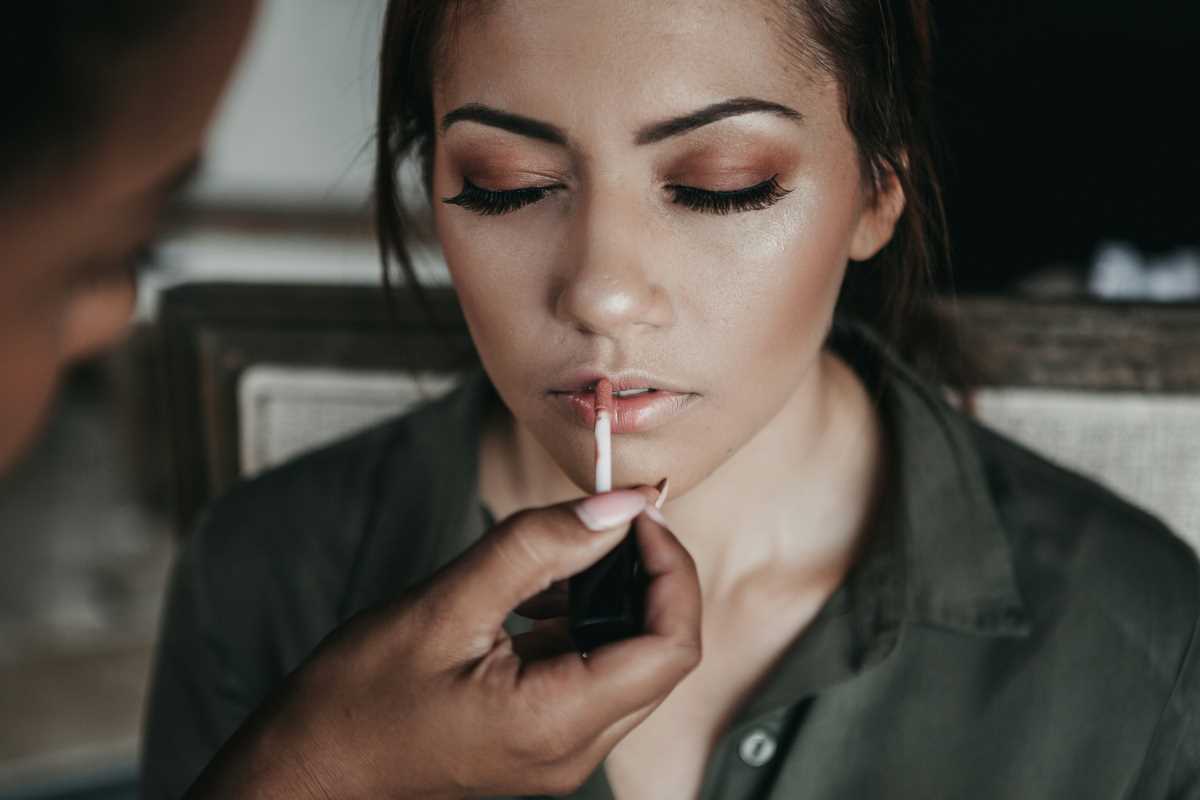Flawless skin might seem like an elusive dream, especially when magazines, social media, and beauty ads are constantly bombarding us with airbrushed perfection. It’s easy to feel like achieving clear, glowing skin requires a chemistry degree and a bank account to match. But here's some good news for the rest of us who don’t have a live-in dermatologist or unlimited funds to blow on facials: great skin is actually attainable, and you don’t have to completely turn your life upside down to make it happen.
Experts all agree that a few key habits, coupled with a little consistency, can work wonders. From tweaking your skincare routine to adopting some easy lifestyle changes, the secret to flawless skin lies in understanding your unique skin type and taking a pared-down, intentional approach. Whether you’re battling breakouts, tackling dullness, or just want that healthy glow, we’ve rounded up insider tips straight from the pros that you can effortlessly apply at home.
Know Your Skin Type
Before you invest in products or revamp your skincare regimen, you need to figure out what you’re working with. There’s no one-size-fits-all solution when it comes to skin, so understanding your skin type is your first step to picking the routine and products that will actually work for you. Experts generally group skin into five main types:
- Normal: Balanced and not too oily or dry. Congrats, you’re one of the lucky ones.
- Oily: Shiny skin, mostly on the T-zone (your forehead, nose, and chin). You might also be prone to acne.
- Dry: Skin feels tight, rough, or flaky. Sometimes it even looks dull or ashy.
- Combination: A mix of oily in the T-zone and dryness on the cheeks.
- Sensitive: Your skin reacts easily to products or environmental factors, often with redness or irritation.
Not sure which one is yours? Wash your face with a gentle cleanser, don’t apply anything afterward, and wait for about an hour. Then, check how your skin feels. Is it parched, shiny, or somewhere in between? That’ll give you a good starting point.
Build a Basic Skincare Routine
When it comes to skincare, less is often more. You don’t need a 15-step routine or fancy products that cost more than your cell phone bill. Experts suggest sticking to three simple steps that cover all your bases.
1. Cleanse
The foundation of any skincare routine is keeping your face clean. Cleansing removes dirt, oil, makeup, and all the other stuff your skin meets throughout the day. A good cleanser should leave your skin feeling fresh, not tight or dry. Look for something mild and sulfate-free, especially if you have sensitive or dry skin, and cleanse morning and night.
2. Moisturize
Yes, even oily skin needs moisturizer! The right product locks in hydration and strengthens your skin barrier. If dryness is your issue, opt for a thicker cream, while oily or acne-prone skin types do better with lightweight, gel-based moisturizers. For combination skin, you might need two different types for different areas.
3. Protect
Hands down, the number-one skin rule every expert swears by is to use sunscreen daily. Not just in the summer or only at the beach. Every day. Rain or shine. UV rays can speed up aging, cause dark spots, and damage your skin even when you can’t feel the sun. Go for a broad-spectrum sunscreen with at least SPF 30 and reapply if you’re outdoors for long periods.
These three steps might sound too basic, but the key is nailing these essentials before you try adding serums, exfoliants, or treatments into the mix.
Feed Your Skin from the Inside Out
Your skin reflects what’s happening inside your body, which is why diet and hydration play such a huge role in how your skin looks and feels. Think of it this way: you can lather on all the products in the world, but if you’re not giving your body what it needs, your skin won’t thrive. Here are a few expert-backed nutritional tips for glowing skin:
- Hydrate, hydrate, hydrate. Drinking plenty of water helps flush out toxins and keeps your skin plump and smooth. Can’t remember to sip? Keep a reusable water bottle by your side.
- Load up on antioxidants. Foods rich in vitamins C and E nourish your skin and protect it from damage. Think berries, citrus fruits, leafy greens, and nuts.
- Go easy on the sugar. Overloading on sweets can trigger inflammation in your body, which often shows up on your skin as acne or dullness.
- Healthy fats are your friend. Salmon, avocados, and almonds are packed with omega-3 fatty acids, which help keep your skin soft and reduce redness or puffiness.
A healthier diet doesn’t mean you can never grab fries or indulge in ice cream, but aiming for balance goes a long way.
Don’t Underestimate a Good Night's Sleep
It’s called beauty sleep for a reason. Your skin does a lot of its repair work while you’re snoozing, so fewer all-nighters can truly make a difference. Experts recommend 7–9 hours a night to give your skin time to recover and recharge. Lack of sleep can lead to dark circles, puffiness, and even breakouts due to higher stress levels (thank you, cortisol). Pro tip? Switch to a silk pillowcase for less friction on your skin and fewer wrinkles down the line.
Exfoliating your skin helps remove dead cells that can clog your pores and dull your glow. But go easy! Overdoing it can strip your skin and make things much worse.
- For oily or acne-prone skin, try a chemical exfoliant like salicylic acid two to three times a week.
- Dry or sensitive skin? Look for gentle scrubs or mild AHAs (like lactic or mandelic acid) to avoid irritation.
If you want to take things up a notch, treatments like vitamin C serums or retinoids are excellent for fading dark spots, boosting collagen, and improving texture. Always patch-test new products to ensure your skin won’t freak out before applying them all over your face.

